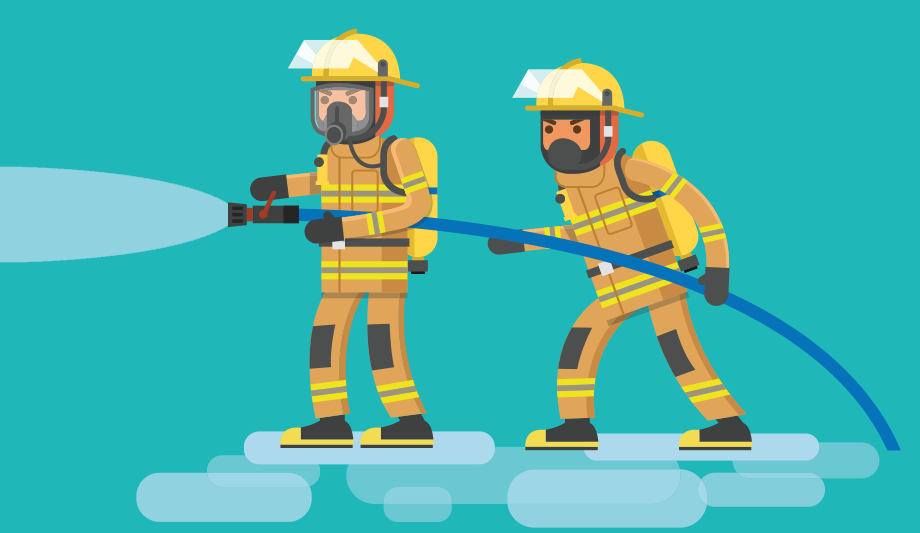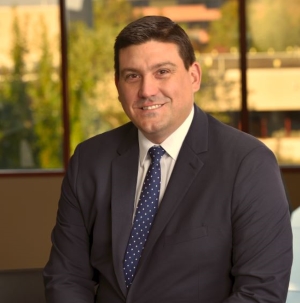Firefighting is hot, hazardous, and let's face it, grueling work. But believe it or not, the job today has become even more challenging as firefighters must deal with increased heat loads, toxic substances and other physical challenges that make structural firefighting one of the most demanding professions on the planet. So, needless to say, being well-trained, physically fit, and safely equipped can make all the difference in the world.
Evolving Technology
The fact is, as heat loads and toxicity exposure risks increase due to modern synthetic construction, the ways in which fires are fought are changing as well. These shifts, combined with the revolution that’s taking place in firefighter protection technology, have led to new and exciting designs in firefighter personal protective equipment (PPE) offerings.
Technology is providing firefighters with respiratory protection “systems” is which respiratory protection itself is just one of many benefits
Take the tried and true SCBA for instance. Since the invention of the first breathing apparatus in the late 1910s, their primary function has been air delivery. But today, technology is providing firefighters with respiratory protection “systems” is which respiratory protection itself is just one of many benefits.
Revolution Of Life-Changing Technology
Consider this: the effects of technology today impact virtually every aspect of modern life. And the same is true for the fire service, as software, thermal imaging, and wireless communications capabilities become more mainstream on the fireground.
In response to these new capabilities, the consensus organizations responsible for PPE performance standards (i.e. NFPA and EN) have increased standards by mandating certain electronic components for each firefighter.
But performance of these components can be limited by the fact that only so many “parts” can be attached to an SCBA, or because some capabilities are simply out of reach from a budget perspective.
Over time, these limitations create long-term implications when it comes to SCBA choice, because the breathing apparatus purchased today may have to be in use for the next 15 years or more. So, what are firefighters to do?
| Firefighters should view their SCBA as the “foundation” of a safety system that equips firefighters with the many new safety capabilities that technology offers—now and in the future |
It’s More Than Air Delivery
Missed opportunities for more timely safety improvements – which keep up with the pace of technology – are rooted in a false assumption that all SCBA are comprised of separate, mechanical components – and that the SCBA function is only about respiratory protection. But air-delivery is not the issue because every SCBA meets the standards, and every SCBA delivers air well.
Further, looking at the SCBA merely as a separate component for air diminishes its potential to serve as a revolutionary safety technology “platform.”
Safety As A System
Firefighters need more than the minimum performance from breathing apparatus
To keep pace with the rapid improvements in firefighter safety, firefighters need more than the minimum performance from breathing apparatus. Instead, they should view their SCBA as the “foundation” of a safety system that equips firefighters with the many new safety capabilities that technology offers—now and in the future.
I’m talking specifically about platform-type products that can be easily updated with the latest technology, as soon as it becomes available, to help protect them when their lives are on the line.
Key Questions To Consider When Looking For An SCBA Include:
- Does the SCBA have features that allow you to see, hear, and react quickly to changing situations?
- Can the SCBA sizing be customized to best fit each firefighter?
- How many total batteries are needed for the SCBA, and how does that affect long-term costs?
- How well does it integrate with other systems, such as communication devices, portable instruments, etc.?
- Does the SCBA provide you, your team, and incident command with critical information to make effective, life-saving decisions?
- Can the SCBA be programmed to meet your standard operating procedures, such as audible and visual alarms at 50% remaining pressure?
- Is the facepiece reducing or adding to overall SCBA cost and complexity?
- How easily can the SCBA be updated to meet changing standards?
- How easily can integrated accessories or features, such as thermal imaging, be added as they are developed in the future?
At MSA, we develop technologically-advanced safety equipment designed to help meet today's changing fireground dynamics. We’re committed to setting the pace for safety with continuous improvements and innovations in PPE. For today. For tomorrow. For the future.

